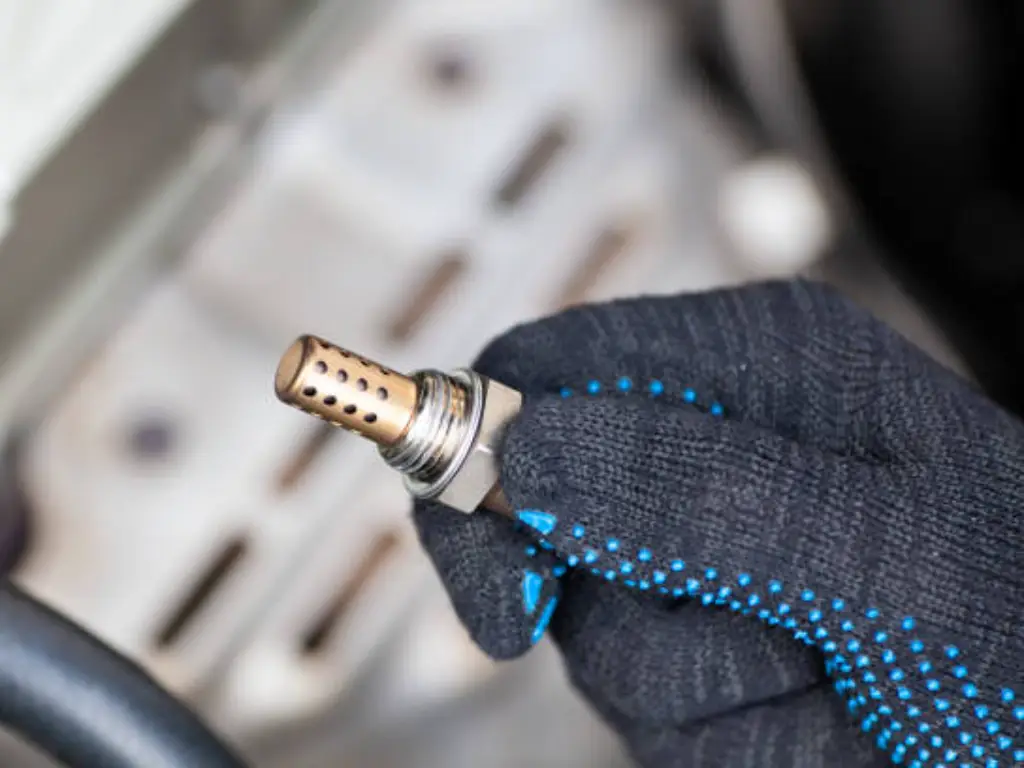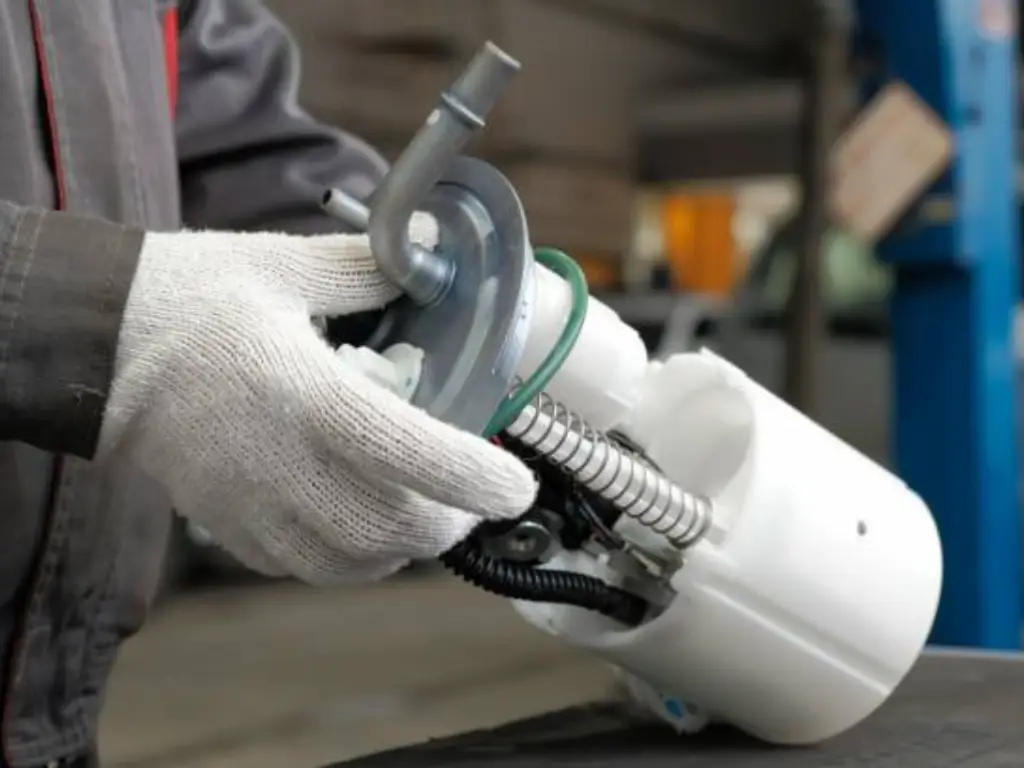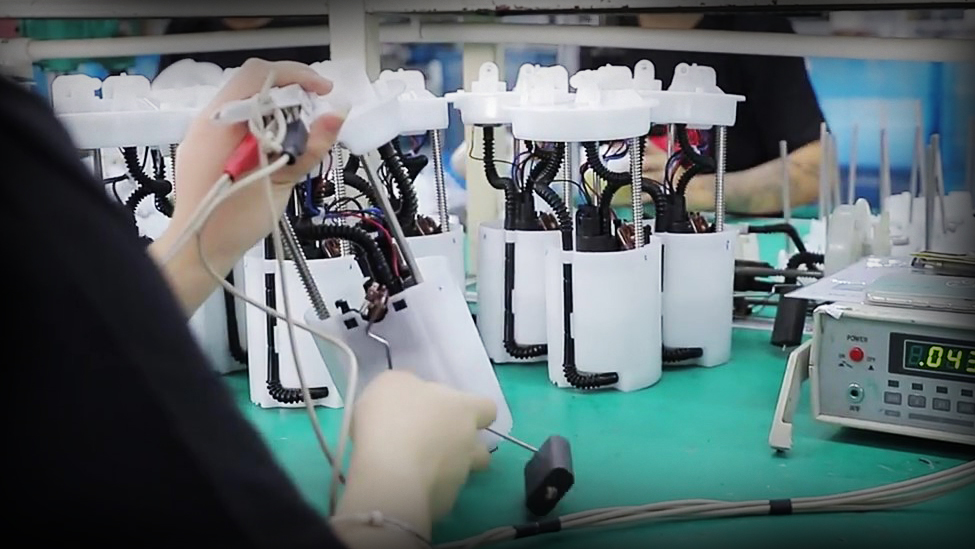Oksijen sensörleri modern araç motorlarında hayati bileşenlerdir, optimum performansı sağlamak, yakıt verimliliği, ve emisyon standartlarına uyum. Egzoz gazlarındaki oksijen seviyelerinin izlenmesinde ve motorun hava yakıt karışımını buna göre ayarlamada kritik bir rol oynarlar.. Bu kılavuz, oksijen sensörlerinin nasıl çalıştığına dair derinlemesine bir anlayış sağlayacaktır, onların önemi, Başarısızlığın ortak nedenleri, Arıza belirtileri, ve daha uzun ömür için onları nasıl koruyacaksınız.
Oksijen sensörü nedir?
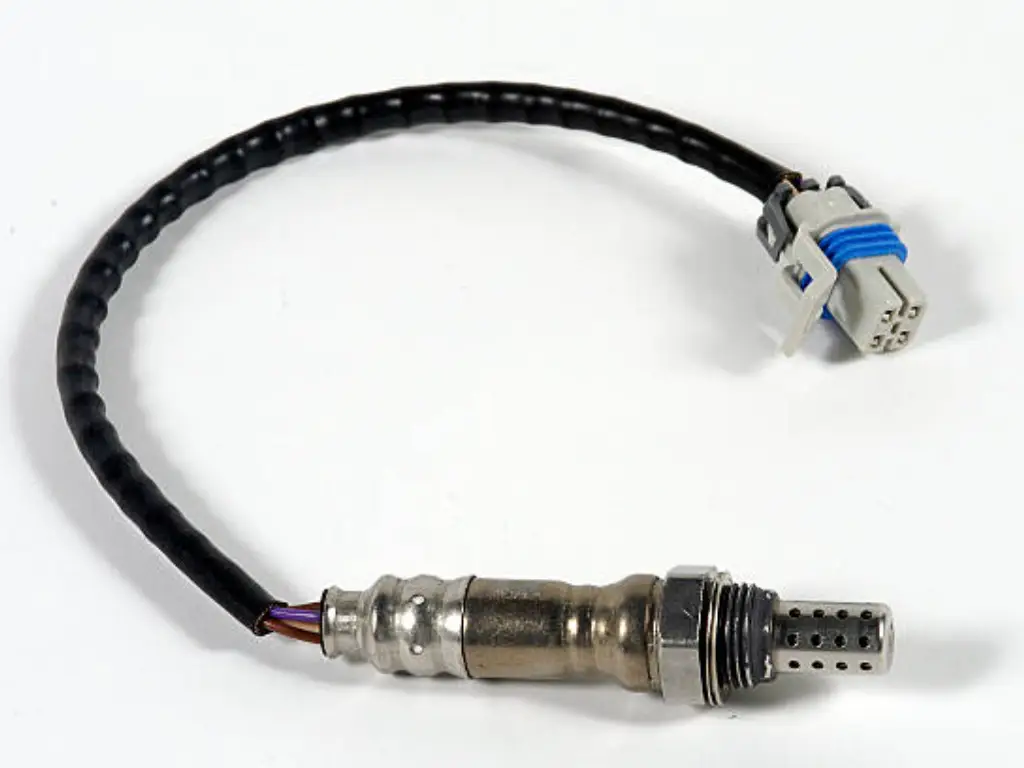
Bir oksijen sensörü, bir aracın egzoz gazlarındaki oksijen miktarını ölçen küçük ama önemli bir cihazdır.. Motor kontrol ünitesine gerçek zamanlı veriler sağlar (ECU), Yanma verimliliğini artırmak için hava yakıt oranını ayarlamasına yardımcı olmak. Oksijen sensörleri genellikle egzoz sistemine monte edilir, katalitik konvertörden önce veya sonra, and can directly influence fuel consumption and emissions.
How Does an Oxygen Sensor Work in a Car Engine?
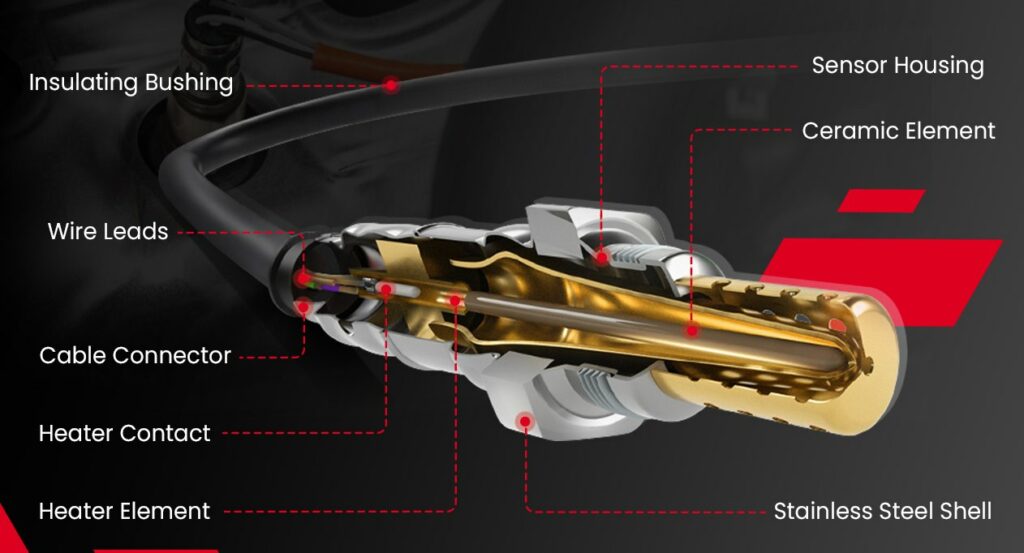
The oxygen sensor functions by measuring the amount of oxygen remaining in the exhaust gases after the combustion process. Based on this data, it sends signals to the vehicle’s ECU, which adjusts the air-fuel mixture to ensure optimal combustion. Proper combustion maximizes fuel efficiency, minimizes harmful emissions, and enhances engine performance.
In simple terms, the oxygen sensor constantly checks if the engine is running too rich (too much fuel) or too lean (too little fuel). If the sensor detects an imbalance, it sends a signal to the ECU, prompting it to adjust the fuel injectors accordingly. This helps to maintain the engine’s balance and ensures that it is operating at peak efficiency.
There are two main types of oxygen sensors: narrowband and wideband. Narrowband sensors simply detect whether the engine is running rich or lean and provide a binary output (rich or lean). Wideband sensors, however, offer a more precise and continuous range of data, enabling more accurate adjustments to the air-fuel ratio. Both sensor types serve the same fundamental purpose, but wideband sensors are typically found in more advanced vehicles or those designed for higher performance.
Common Causes of Oxygen Sensor Failure
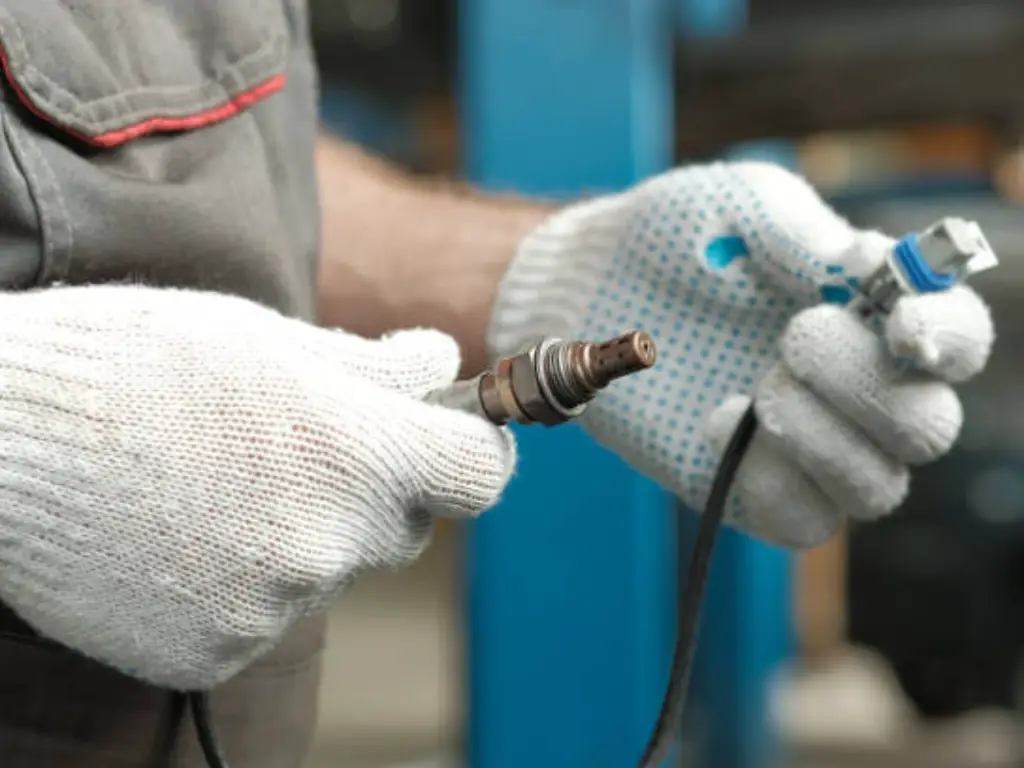
While oxygen sensors are designed to last for a long time, they can fail due to several reasons. Understanding the common causes of failure can help in diagnosing issues and taking preventative measures. Below are some of the most frequent reasons:
- Age and Wear: Mesai, the oxygen sensor naturally wears out. Most sensors last between 60,000 ile 100,000 mil. As they age, their accuracy decreases, leading to incorrect readings and poor engine performance.
- Fuel Contamination: Contaminated fuel or the presence of excessive oil in the engine can damage the oxygen sensor. This contamination can lead to inaccurate readings and sensor failure.
- Faulty Wiring or Connections: Damaged wiring or poor electrical connections can prevent the oxygen sensor from sending accurate signals to the ECU. This can result in the sensor being unable to perform its task properly.
- Excessive Engine Misfires: If an engine is misfiring frequently, the oxygen sensor can become damaged due to the high levels of unburned fuel entering the exhaust system. This can reduce the sensor’s effectiveness and shorten its lifespan.
- Korozyon veya kontaminasyon: Soğutucu sızıntıları veya motor yağı gibi kirleticilere maruz kalmak, sensörün bileşenlerinin bozulmasına neden olabilir. Ek olarak, Egzoz sistemindeki nem veya korozyon da erken başarısızlığa yol açabilir.
Kötü oksijen sensörünün yaygın belirtileri
Başarısız bir oksijen sensörü genellikle sorunu erken tanımlamaya yardımcı olabilecek belirgin işaretler sunar. Kötü oksijen sensörünün yaygın semptomları:
- Motor ışığını kontrol edin: Arızalı bir oksijen sensörünün ilk göstergelerinden biri “Motoru Kontrol Edin” Gösterge Tablonuzda Işık Aydınlatıcı. Bu ışık bir sensör hatasını gösterebilir veya ECU'nun yanlış veriler alması.
- Azaltılmış yakıt verimliliği: Aracınız normalden daha fazla yakıt tüketiyorsa, Bunun nedeni, arızalı bir oksijen sensörü olabilir. Sensör başarısız olduğunda, the ECU may not adjust the fuel mixture correctly, leading to higher fuel consumption.
- Rough Idling and Poor Engine Performance: A faulty oxygen sensor can cause your engine to run roughly, especially at low RPMs. This can be due to improper fuel-air mixture settings, resulting in engine misfires or sluggish acceleration.
- Increased Emissions: If the sensor is not providing accurate data, your vehicle might release higher levels of harmful emissions. This can lead to failed emissions tests and potential fines.
How to Troubleshoot an Oxygen Sensor
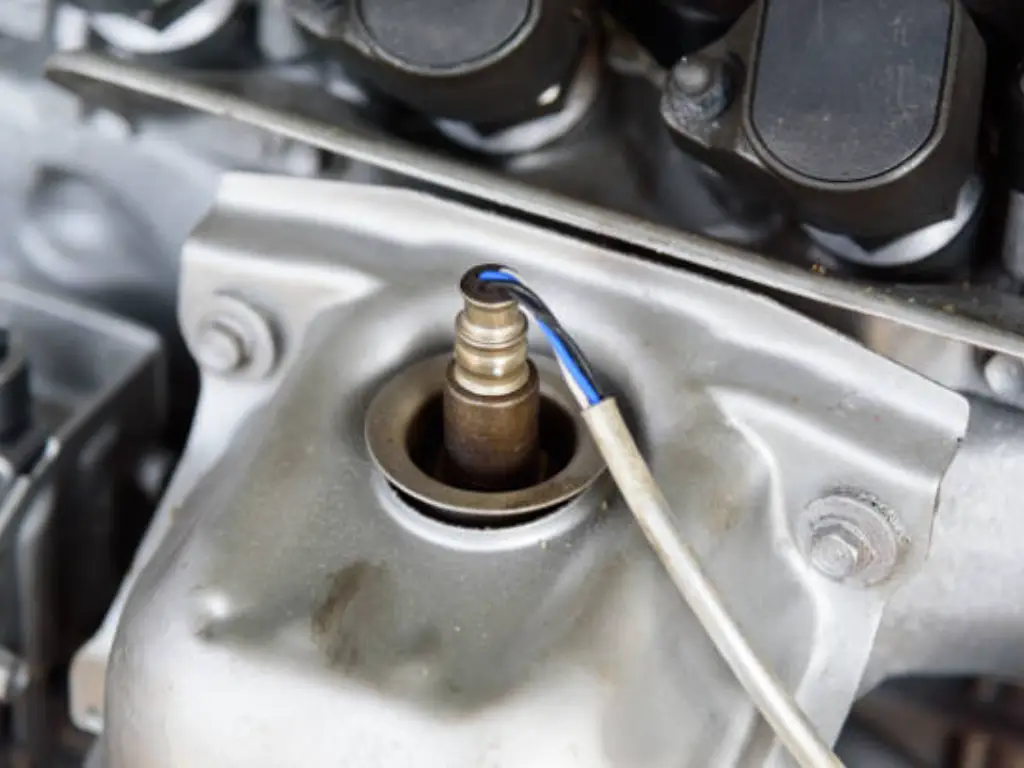
If you suspect that your oxygen sensor is malfunctioning, troubleshooting the issue promptly can help prevent further damage to your vehicle. Below are the detailed steps you should take to diagnose and address a bad oxygen sensor.
Step-by-Step Troubleshooting for a Bad Oxygen Sensor
Step one: Check the Check Engine Light (CEL)
The first indication of a faulty oxygen sensor is often the illumination of the “Motoru Kontrol Edin” ışık. This is triggered when the Engine Control Unit (ECU) detects irregularities in the sensor’s readings. If this light is on, it’s time to move to the next step.
Step Two: Scan the Onboard Diagnostics (OBD-II) System
Use an OBD-II scanner to retrieve any error codes stored in your vehicle’s ECU. A diagnostic tool will provide valuable error codes that indicate specific issues with the oxygen sensor. Common oxygen sensor-related error codes include:
| Error Code | Tanım |
| P0130 | O2 Sensor Circuit Malfunction (Bank 1 Sensor 1) |
| P0131 | O2 Sensor Low Voltage (Bank 1 Sensor 1) |
| P0132 | O2 Sensor High Voltage (Bank 1 Sensor 1) |
| P0140 | O2 Sensor Circuit No Activity (Bank 1 Sensor 2) |
| P0136 | O2 Sensor Circuit Malfunction (Bank 1 Sensor 2) |
| P0420 | Catalyst System Efficiency Below Threshold (Bank 1) |
If you receive any of these codes, it points to a potential issue with the oxygen sensor or its circuit.
Step Three: Visual Inspection of the Sensor and Wiring
After identifying the error codes, conduct a visual inspection of the oxygen sensor and its wiring. Look for any signs of:
- Damage to the sensor or wires, such as cuts, frays, or exposed wires.
- Corrosion or rust around the sensor, which could indicate moisture damage.
- Loose or disconnected wiring that could be causing intermittent sensor issues.
Step Four: Check for Exhaust Leaks:
Exhaust leaks near the sensor can result in incorrect readings and may trigger false signals to the ECU. Inspect the exhaust system for any holes or cracks, especially near the sensor, as they could be the source of the problem.
Step Five: Inspect Fuel System Components
A faulty fuel injector or contaminated fuel can also impact the oxygen sensor’s function. If the sensor is exposed to excess fuel or improper combustion gases, it may fail prematurely. Check the fuel injectors and the fuel system for any issues.
Step Six: Test the Sensor
If all else fails, you can test the oxygen sensor directly. Using a multimeter, check the sensor’s voltage readings to ensure they fall within the manufacturer’s specified range. A properly functioning sensor should fluctuate between 0.1 Ve 0.9 volt.
Where to Buy the Right Oxygen Sensor for Your Car
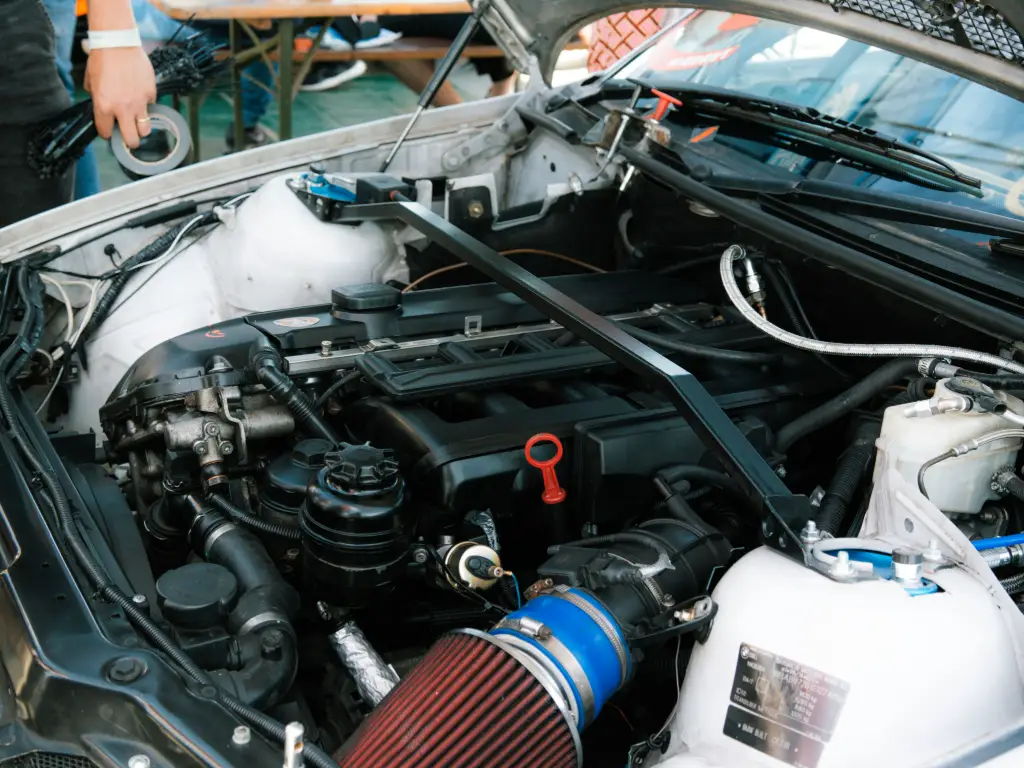
When it comes to purchasing an oxygen sensor for your vehicle, there are several reliable options. Ensuring you buy the correct sensor for your car is crucial for maintaining engine efficiency and avoiding unnecessary repair costs. Aşağıda bir oksijen sensörü satın almak için en iyi yerlerden bazıları:
1. Satış sonrası otomobil parçaları tedarikçileri
Satış sonrası otomobil parçaları tedarikçileri, örneğin İNCE TOPLAM, Otomatik Bölge, ve otomatik parçaları ilerletin, Rekabetçi fiyatlarla çok çeşitli oksijen sensörleri sunun. Bu tedarikçiler, tüm araç markaları ve modelleri için sensörler taşır ve genellikle her iki orijinal dejeni sunar (Oe) yedek sensörler ve satış sonrası alternatifler. Satış sonrası sensörler genellikle daha uygun fiyatlıdır ve doğru seçildiyse OE parçalarını da gerçekleştirebilir. Kaliteli bir ürün aldığınızdan emin olmak için her zaman markayı ve garantiyi kontrol edin.
2. OEM bayileri ve üreticileri
Aracınız için orijinal kısımla gitmeyi tercih ediyorsanız, Doğrudan bir OEM'den satın alma (Orijinal Ekipman Üreticisi) satıcı, otomobil markasının resmi bayisi veya web sitesi gibi, mükemmel bir seçim. OEM sensors are typically more expensive but guarantee compatibility and quality.
3. Online Marketplaces
Websites like Amazon and eBay also offer a wide variety of oxygen sensors from different brands, allowing you to compare prices and read reviews from other customers. Just be sure to verify the sensor’s compatibility with your car model.
4. Local Auto Parts Stores
Local parts stores often carry a selection of oxygen sensors, and you may find same-day availability, which can be convenient if you need a quick replacement. Ek olarak, some stores may offer to help you identify the right sensor for your car.
How to Maintain and Clean Your Oxygen Sensor to Extend Its Lifespan
Oxygen sensors are durable, but they require maintenance to function optimally. Düzenli temizlik, sensörün ömrünü uzatmaya yardımcı olabilir ve ECU'ya doğru veri sağlamaya devam etmesini sağlayabilir.. Bir oksijen sensörünü temizlemek her zaman üreticiler tarafından önerilmez, Takip edilecek bazı temel bakım ipuçları var:
- Yakıt kontaminasyonundan kaçının: Oksijen sensörünü kirletme şansını en aza indirmek için her zaman yüksek kaliteli yakıt kullanın. Herhangi bir alışılmadık yakıt kokusu veya duman fark ederseniz, Yakıt sisteminde sensörü etkileyebilecek bir sorunu gösterebilir.
- Düzenli olarak inceleyin: Herhangi bir aşınma belirtisi için oksijen sensörünü ve kablolarını periyodik olarak kontrol edin, korozyon, veya hasar. Potansiyel sorunları erkenden yakalamak sizi daha sonra maliyetli onarımlardan kurtarabilir.
- Katkı maddelerini dikkatli bir şekilde kullanın: Bazı yakıt katkı maddeleri sensörleri temizlediğini veya birikmeyi önlediğini iddia ediyor, Ama bunlar dikkatli bir şekilde kullanılmalı. Katkı maddelerinin aşırı kullanımı hassas bileşenlere zarar verebilir, oksijen sensörleri dahil.
Sensörünüz tıkanmış veya kirli görünüyorsa, Derin bir temizlik denemek yerine onu değiştirmek daha iyidir. Sensör temizleme kimyasalları hassas dahili bileşenlere zarar verebilir, Sensör ömrünü veya verimliliğini azaltmak.
Arabalar için oksijen sensörü teknolojisinde gelecekteki eğilimler
Araç teknolojisi geliştikçe, oksijen sensörlerinin rolü de öyle. Sensör teknolojisindeki gelecekteki gelişmelerin doğruluğu artırmaya odaklanması muhtemeldir., dayanıklılık, ve gelişmekte olan araç sistemleriyle entegrasyon. Daha geniş bir gaz aralığını ölçebilen sensörleri görmeyi bekleyin, Daha hızlı yanıt süreleri sunun, ve kirletici maddelere ve zorlu ortamlara daha dirençli.
Bazı üreticiler ayrıca daha bütünsel tanı sistemleri oluşturmak için oksijen sensörlerini diğer araç sensörleriyle entegre etmek üzerinde çalışıyorlar.. Bu yenilikler sadece yakıt verimliliğini değil, aynı zamanda araçların genel performansını ve güvenilirliğini artırmaya yardımcı olabilir..
Oksijen sensörleri hakkında sık sorulan sorular
1. Çeyrek: Oksijen sensörleri ne kadar sürer?
Oksijen sensörleri tipik olarak 60,000 Ve 100,000 mil, Araç tipi gibi faktörlere bağlı olarak, sürüş koşulları, ve bakım uygulamaları.
2. Çeyrek: Kötü bir oksijen sensörü ile sürebilir miyim?
Arızalı bir oksijen sensörü ile sürmeniz önerilmez. Araç hala çalışabilirken, Diğer bileşenlere zarar verme riskiniz var, katalitik konvertör gibi, ve yakıt verimliliğini olumsuz etkileyen.
3. Çeyrek: Oksijen sensörümün değiştirilmesi gerekip gerekmediğini nasıl bilebilirim??
Başarısız bir oksijen sensörü belirtileri bir kontrol motoru ışığı içerir, decreased fuel efficiency, kabaca rölanti, and increased emissions.
Q4: Can I replace the oxygen sensor myself?
If you’re handy with tools and know your way around car repairs, you can replace the oxygen sensor yourself. Fakat, it’s important to follow the manufacturer’s instructions and use the proper tools. If you’re not sure, it’s a good idea to let a professional mechanic handle it.




